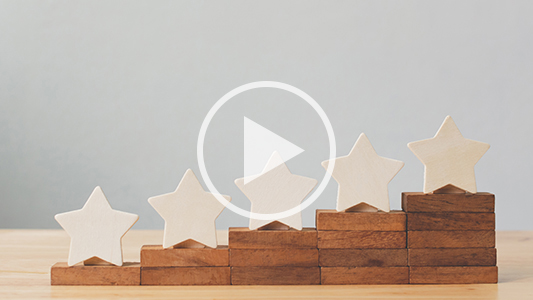INSIGHTS
WHAT TO DO WITH THAT LUMP SUM?
Mark Lister, April 2022
I’m getting a lot of questions about what to do with that lump sum.
Maybe some of you have sold the business or farm, offloaded a property or received an inheritance. Others might've simply downsized and moved into a smaller place somewhere.
Whatever the reason, and regardless of whether we’re talking about $100,000 or something much more, the factors to consider are largely the same.
Assuming you’re not going to need the money anytime soon and that its genuinely earmarked for investment, the world is your oyster. At the same time, there’s a minefield of things that could go wrong.
Any investment strategy starts by figuring out what proportion of your wealth to put into growth assets, compared with safer, conservative assets.
Growth assets are things like shares, property and private companies, while conservative assets include bonds, fixed income and term deposits.
That first group will give you the best long-term returns, albeit with more ups and downs along the way. The second lot shouldn’t cause too much worry, although the returns will be more modest in exchange for lower volatility.
In the last 20 years New Zealand shares and listed property have delivered annual returns of 8-9 per cent, while its been more like 4-5 per cent for government and corporate bonds.
Few people belong at one extreme or the other, and most of us will have a mix of both the growth assets as well as the conservative ones.
Several things determine where we sit on that spectrum, and we all have a unique set of circumstances and objectives. Income requirements, our time horizon, other assets we own and our tolerance for risk are all factors to consider.
Older people are often more focused on stable returns, predictable income, and an asset mix that minimises volatility during rough patches.
Then again, thanks to improved healthcare and better lifestyle choices, we’re all living and working longer these days.
That means a slightly bigger dose of growth assets is essential, to ensure our investments last us longer and our capital keeps up with inflation.
Even at modest levels, inflation can decimate your wealth. Even at just three per cent, inflation would reduce the value of $1.00 left “under the mattress” to only $0.48 in 25 years. Your capital would’ve been cut in half simply by doing nothing.
To avoid that, you’d better make sure your money is providing a return that at least matches the inflation rate, more if you intend to live off your investments and spend some of those returns along the way
I meet a lot of investors who, despite being in retirement themselves, think about their wealth as intergenerational.
If you’re lucky enough to have more money than you will spend over your lifetime, you need to think carefully about your risk profile.
Your investment time horizon might be much longer than you realise, so hunkering down in term deposits during those twilight years might not actually be a wise move.
Whatever your situation, getting the balance right at the beginning of your investment journey is one of the most important decisions you’ll make. Make sure you get some good advice and don’t rush into anything.




